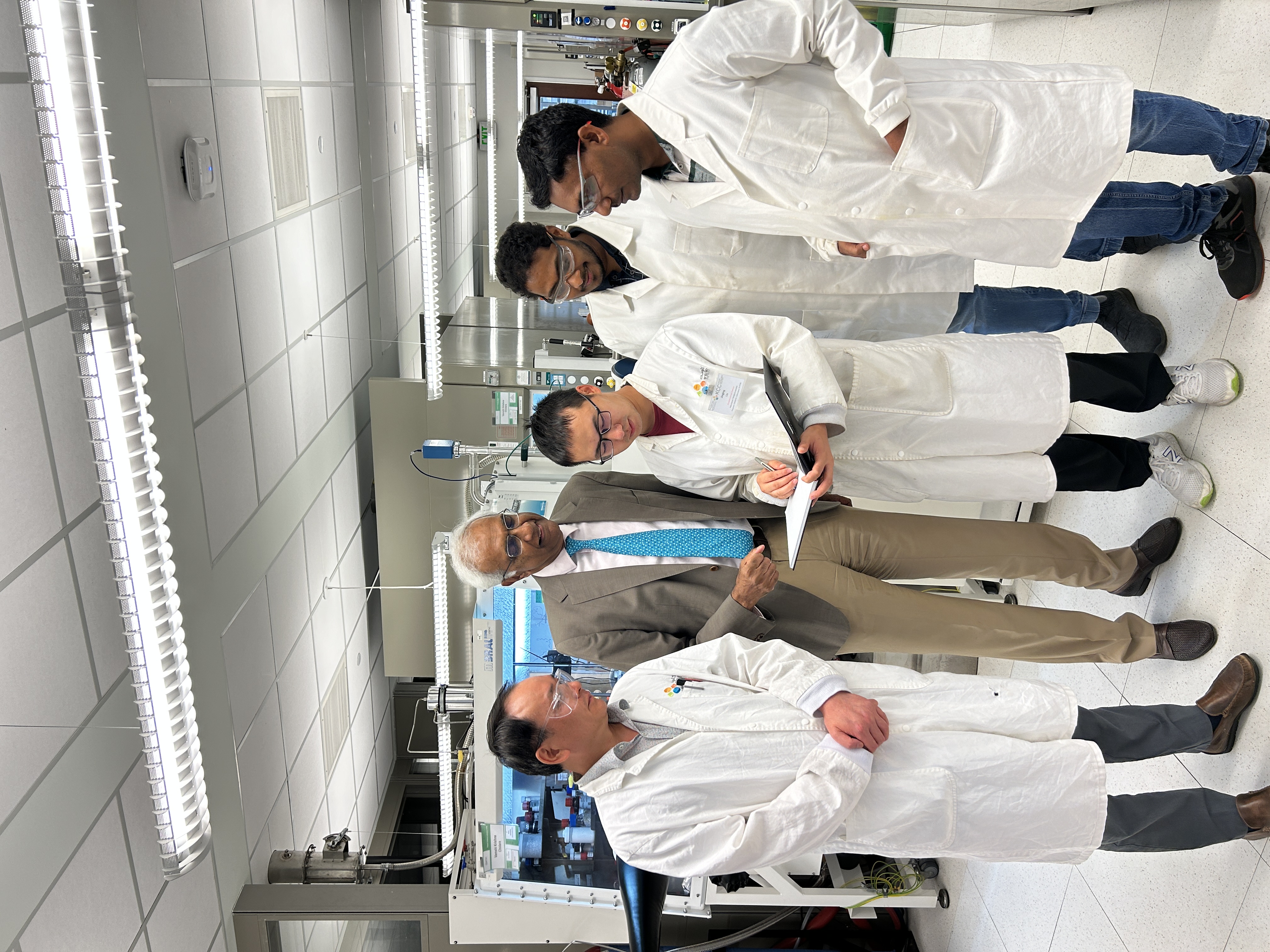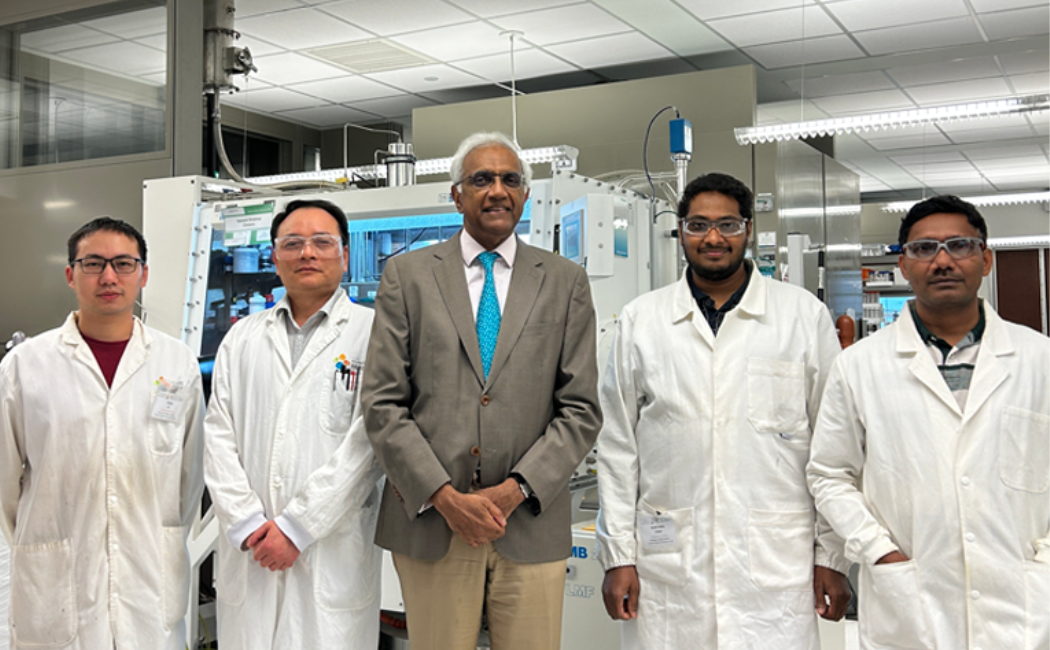
04 October, 2023
By Francesca Serra
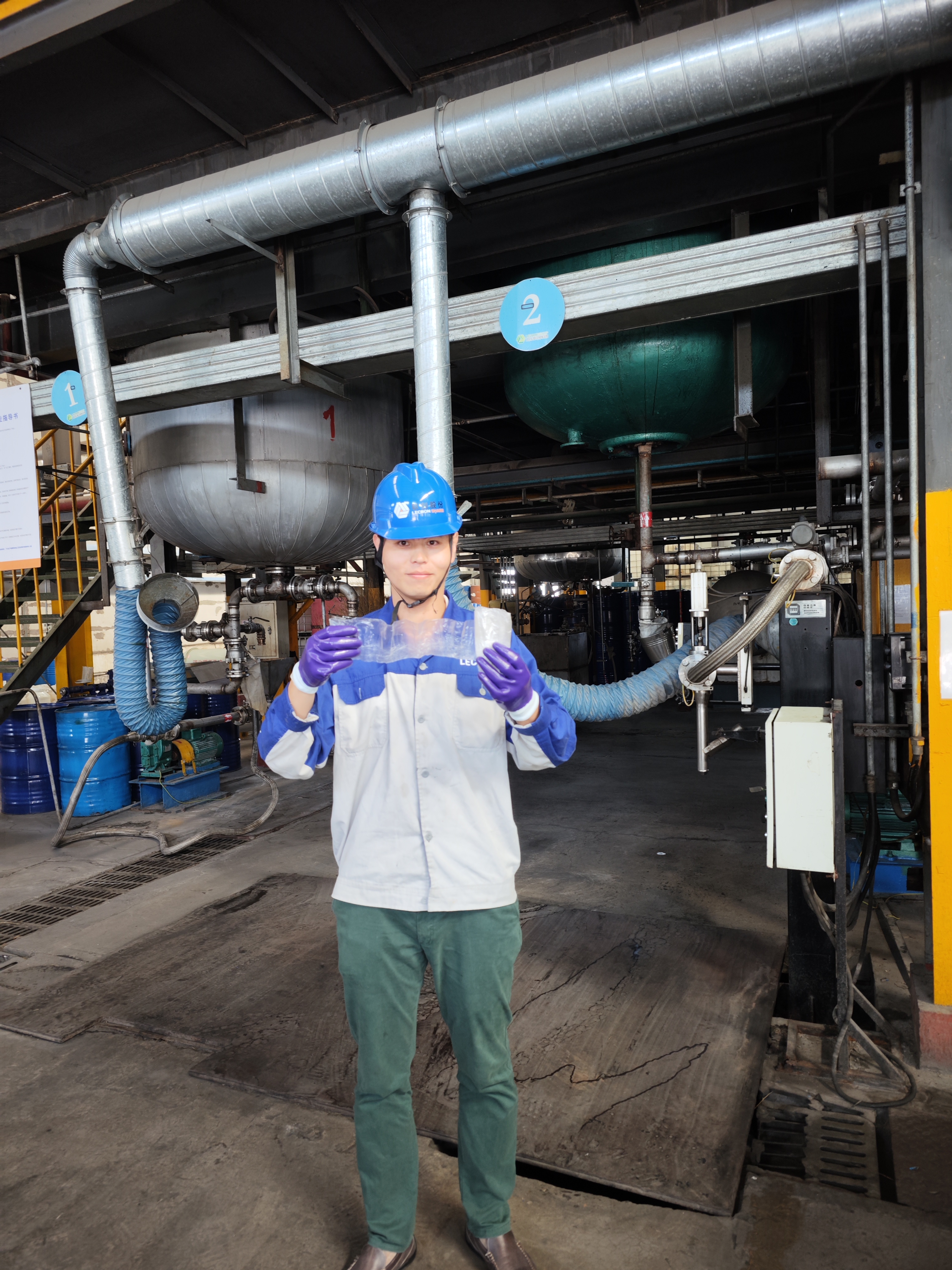
On October 19, 2023, the King Abdullah University of Science and Technology (KAUST) will host a delegation from two Chinese companies from the plastics sector, Shandong Lianxin Environmental Protection Technology Co., Ltd. and Hangzhou Hecai Technology Co., Ltd. The event marks the culmination of the effort to seal the recently signed Joint Development Agreement (henceforth JDA) aimed at scaling up and piloting environmentally friendly polycarbonates (PCs) produced from carbon dioxide (CO2) and monomers derived from renewable resources.
Distinguished Professor Yves Gnanou, Dr. Xiaoshuang Feng, and their research team at KAUST have achieved a remarkable breakthrough in green chemistry. They have devised an innovative approach for synthesizing CO2-based aliphatic degradable polycarbonates, eliminating the need for toxic metals commonly employed in traditional manufacturing processes. Xiaoshuang Feng explains, “Today’s aliphatic polycarbonates are produced using metal catalysts which prevent their utilization in food- or medical-grade applications. Our PC is metal-free and impermeable to oxygen and moisture, making it a top material for high-end applications. With a weight content in CO2 - one of the most 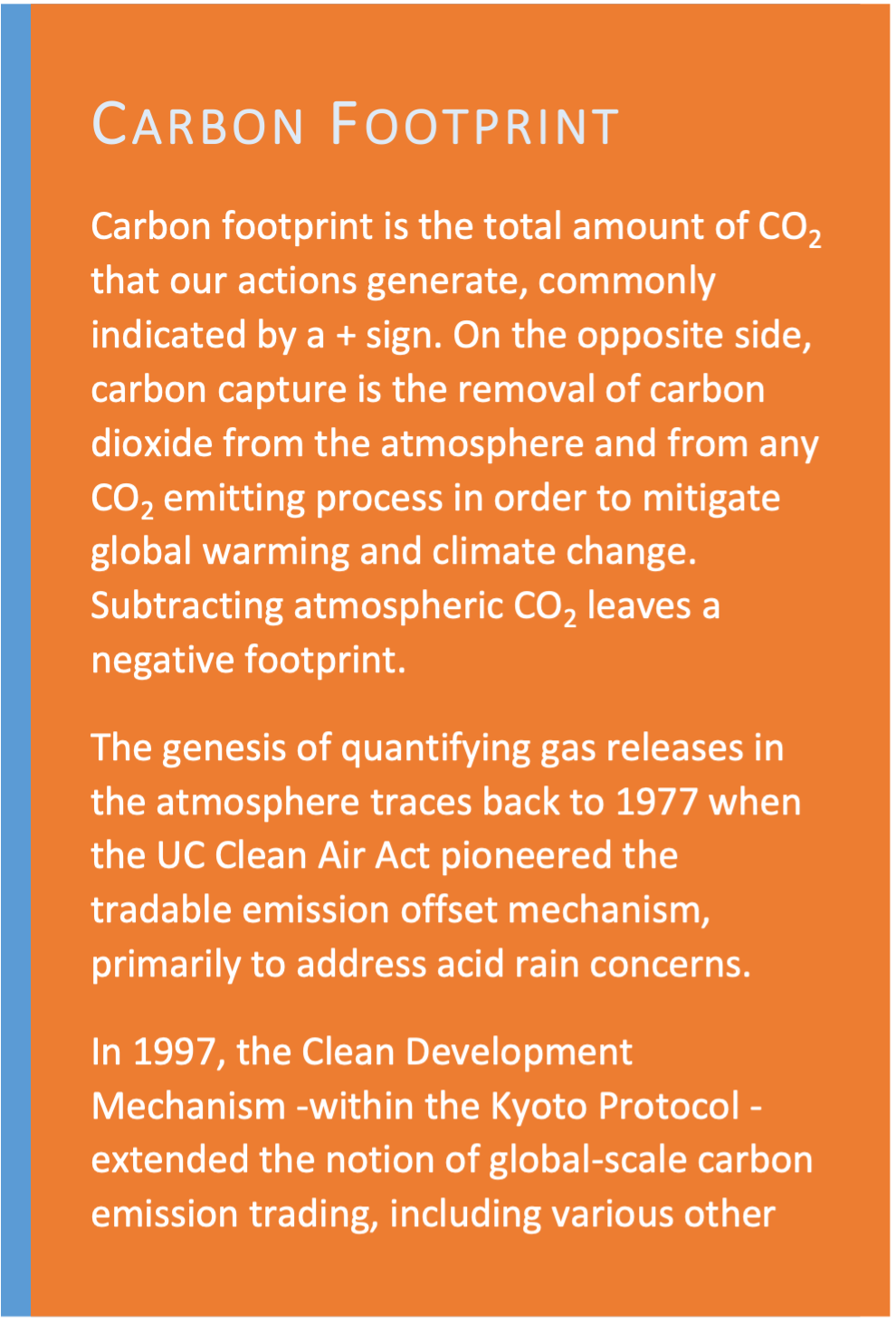 important greenhouse gases - close to 50%, our products will start their life cycle with a negative carbon footprint.” In early 2023, two Chinese companies, Hangzhou Hecai Technology Co., Ltd. and Shandong Lianxin Environmental Protection Technology Co., Ltd. expressed interest in bringing KAUST’s polycarbonates to the market in a phased manner. In the initial phase, Hangzhou Hecai Technology Co., Ltd will provide the facilities to scale the synthesis of polycarbonates up to 10kg using KAUST’s protocol. In the second phase, Shandong Lianxin Environmental Protection Technology Co., Ltd. will leverage its industrial facility to pilot the production of high molar mass polycarbonates, aiming for a 1-ton output before full-scale industrialization. Gnanou observes, “This is the first time, a plan is put forward to industrialize high molar mass aliphatic polycarbonates through a JDA based on KAUST’s chemistry that allows the synthesis of both low and high molar mass polycarbonates.”
important greenhouse gases - close to 50%, our products will start their life cycle with a negative carbon footprint.” In early 2023, two Chinese companies, Hangzhou Hecai Technology Co., Ltd. and Shandong Lianxin Environmental Protection Technology Co., Ltd. expressed interest in bringing KAUST’s polycarbonates to the market in a phased manner. In the initial phase, Hangzhou Hecai Technology Co., Ltd will provide the facilities to scale the synthesis of polycarbonates up to 10kg using KAUST’s protocol. In the second phase, Shandong Lianxin Environmental Protection Technology Co., Ltd. will leverage its industrial facility to pilot the production of high molar mass polycarbonates, aiming for a 1-ton output before full-scale industrialization. Gnanou observes, “This is the first time, a plan is put forward to industrialize high molar mass aliphatic polycarbonates through a JDA based on KAUST’s chemistry that allows the synthesis of both low and high molar mass polycarbonates.”
Examples of applications of high and low molar mass aliphatic polycarbonates are very limited today. The market segments targeted by Shandong Lianxin Environmental Protection Technology Co., Ltd for Gnanou-Feng’s Green Plastics are those of biomedical products and food packaging, where biodegradability, low toxicity, and good biocompatibility characteristics are essential.
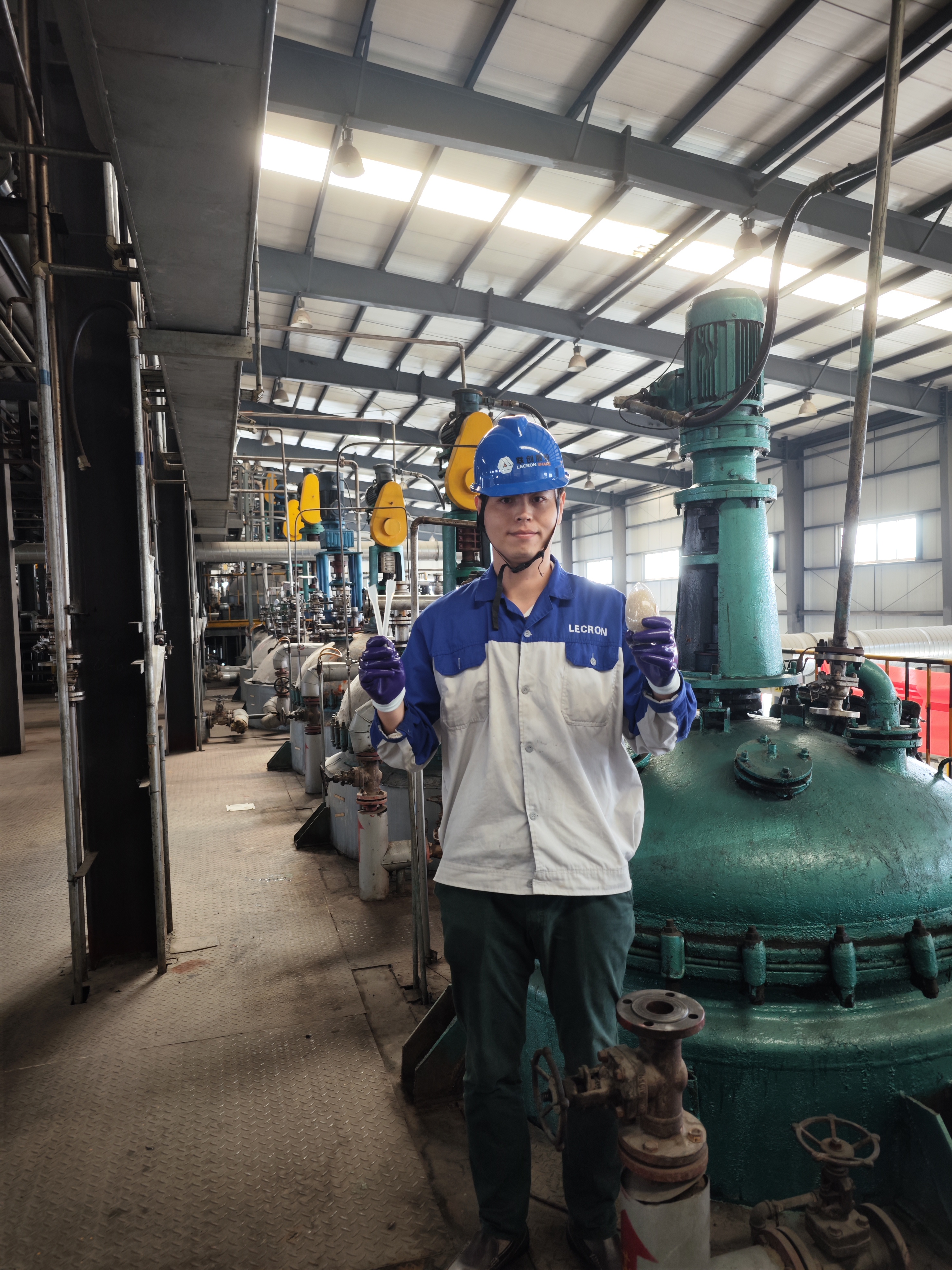
This is not the first time we hear about green plastics. In fact, it has been at least two decades since we heard of them, and several manufacturers have already jumped on the green chemistry bandwagon to develop plastics that can be recycled.Solutions resorting to bio-based or biodegradable plastics also emerged, but only a handful of them are industrially applied today. Their global capacity production amounts to a mere 4 Mt. "I believe that the market size of biodegradable plastics reflects the scarce awareness that society has about plastic pollution," adds Gnanou. "People do not look for an alternative until the problem arrives at their doorstep. I started thinking about biodegradable plastics several years ago, and I'm happy I did so. We have developed a material that, at the end of its life, can be turned entirely into water and CO2 through enzymatic degradation. Our product won't be yet another problem for the environment!"
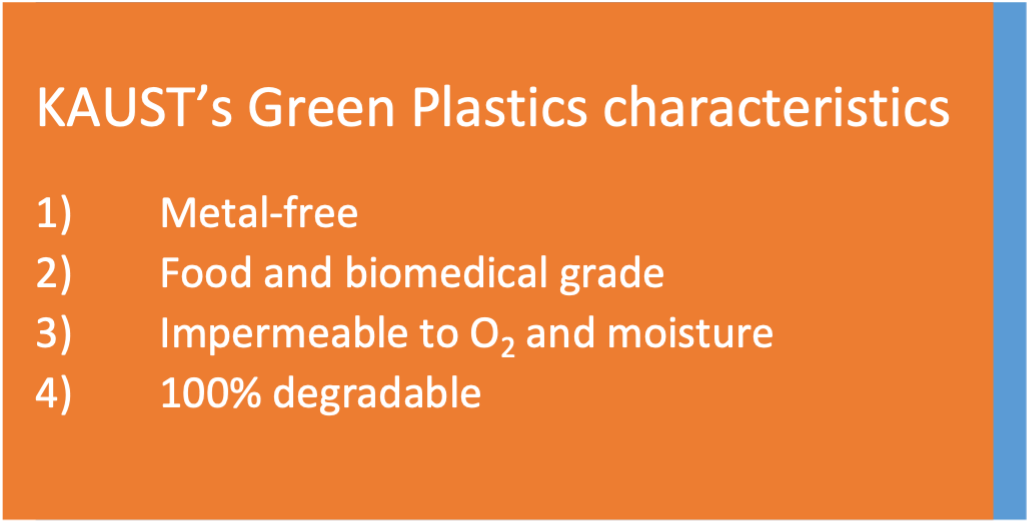 The birth of an idea
The birth of an ideaWhen asked about the initial idea, Gnanou cheerfully explained, “We actually started from the problem, by observing that today’s plastic production and the pollution it generates are a major threat to the environment and the health of living systems. We also had some reckoning about the overall carbon footprint of today’s plastic production. We then designed a metal-free catalyst that could (co)polymerize CO2 with other monomers derived from renewable resources: easy, right?”
But the truth is that it was not easy at all. The Gnanou-Feng’s Green Plastics took almost five years from the sparking idea to the scaling up. In the innovation tech sector, this gruesome time span is defined as the Valley of Death. According to credited sector surveys, around 80% of technological innovations die in this transformation period due to the complexity of the commercialization phase. “It is usually a long process from bench discovery to commercialization, and our case was no different,” said Gnanou. “There are two major steps along the industrialization road: the industry has to be convinced that there is a market for the new technology and capital investment for implementing the technology must be available, which usually happens only after successful scale-up and pilot stages.” Gnanou continues, “At KAUST, my team benefited from the freedom given by my research baseline and the support of the divisional technology commercialization manager – Dr. Jessica Eid – who helped us overcome all obstacles encountered in the long march through the Valley of Death. This JDA officially marks our landing on the other side of the valley, where product commercialization finally happens.”
